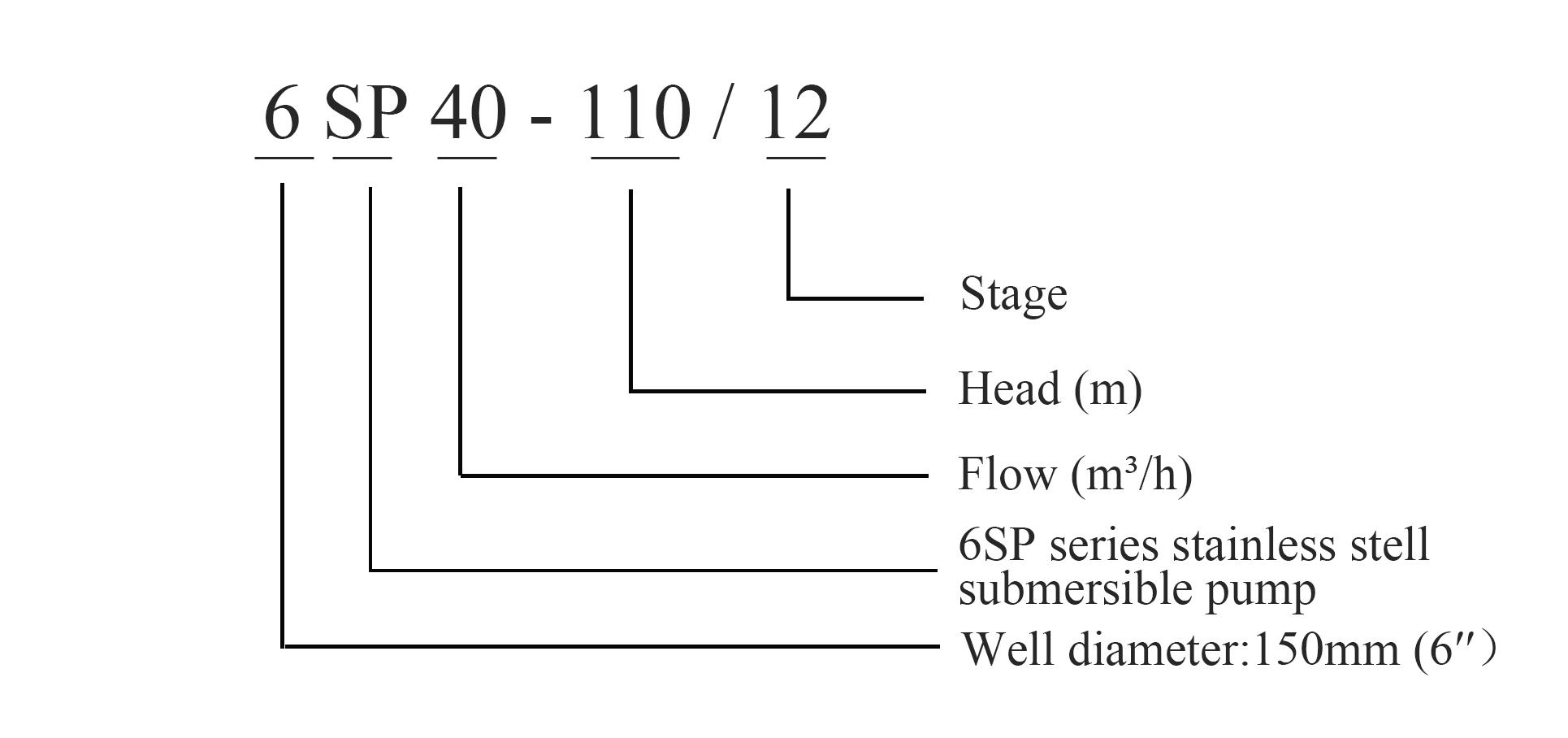Nov . 06, 2024 10:36 Back to list
submersible pump water filled vs oil filled
When selecting a submersible pump, one of the crucial considerations is the type of fluid used for cooling and lubrication water-filled or oil-filled. Each type has its own distinct advantages and disadvantages, making it essential to understand their characteristics for effective application.
When selecting a submersible pump, one of the crucial considerations is the type of fluid used for cooling and lubrication water-filled or oil-filled
. Each type has its own distinct advantages and disadvantages, making it essential to understand their characteristics for effective application.However, water-filled pumps do have limitations. They may not operate efficiently in extreme temperatures, as water tends to have a lower boiling point compared to oil. If the temperature exceeds a certain threshold, the water-based system could become less effective, potentially damaging the pump. Moreover, the presence of impurities in the water can lead to erosion or corrosion inside the pump, reducing its lifespan and efficiency over time.
submersible pump water filled vs oil filled

On the other hand, oil-filled submersible pumps utilize oil for lubrication and cooling. This type offers enhanced thermal stability, allowing pump operation in a broader range of temperatures without risk of overheating. Oil provides better lubricating properties which can extend the life of the pump’s motor and internal components. Furthermore, the viscosity of oil helps to create a better seal, preventing the ingress of water and contaminants that could harm the electrical components.
Despite these advantages, oil-filled pumps come with their own set of drawbacks. They typically are heavier and more cumbersome to install. Additionally, the use of oil can present environmental hazards, as oil leaks can result in contamination of surrounding water resources. Maintenance can also be more complex, requiring oil changes and careful monitoring of oil quality to ensure optimal performance.
In conclusion, the choice between water-filled and oil-filled submersible pumps ultimately depends on the specific needs of the application. Water-filled pumps are often favored for their cost-effectiveness and environmental benefits, whereas oil-filled pumps are chosen for their thermal stability and durability in harsh conditions. Evaluating the operational environment, desired lifespan, and environmental impact will help in making an informed decision that aligns with project requirements and sustainability goals.
-
Submersible Water Pump: The Efficient 'Power Pioneer' of the Underwater World
NewsJul.01,2025
-
Submersible Pond Pump: The Hidden Guardian of Water Landscape Ecology
NewsJul.01,2025
-
Stainless Well Pump: A Reliable and Durable Pumping Main Force
NewsJul.01,2025
-
Stainless Steel Submersible Pump: An Efficient and Versatile Tool for Underwater Operations
NewsJul.01,2025
-
Deep Well Submersible Pump: An Efficient 'Sucker' of Groundwater Sources
NewsJul.01,2025
-
Deep Water Well Pump: An Efficient 'Sucker' of Groundwater Sources
NewsJul.01,2025
-
 Submersible Water Pump: The Efficient 'Power Pioneer' of the Underwater WorldIn the field of hydraulic equipment, the Submersible Water Pump has become the core equipment for underwater operations and water resource transportation due to its unique design and excellent performance.Detail
Submersible Water Pump: The Efficient 'Power Pioneer' of the Underwater WorldIn the field of hydraulic equipment, the Submersible Water Pump has become the core equipment for underwater operations and water resource transportation due to its unique design and excellent performance.Detail -
 Submersible Pond Pump: The Hidden Guardian of Water Landscape EcologyIn courtyard landscapes, ecological ponds, and even small-scale water conservancy projects, there is a silent yet indispensable equipment - the Submersible Pond Pump.Detail
Submersible Pond Pump: The Hidden Guardian of Water Landscape EcologyIn courtyard landscapes, ecological ponds, and even small-scale water conservancy projects, there is a silent yet indispensable equipment - the Submersible Pond Pump.Detail -
 Stainless Well Pump: A Reliable and Durable Pumping Main ForceIn the field of water resource transportation, Stainless Well Pump has become the core equipment for various pumping scenarios with its excellent performance and reliable quality.Detail
Stainless Well Pump: A Reliable and Durable Pumping Main ForceIn the field of water resource transportation, Stainless Well Pump has become the core equipment for various pumping scenarios with its excellent performance and reliable quality.Detail
